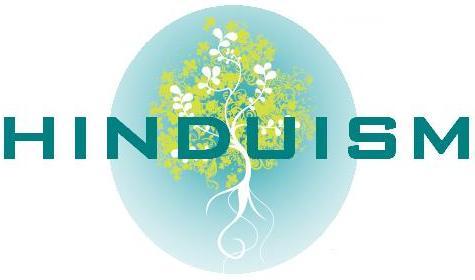 On May 5, 1838, the Whitby, a British ship docked in British Guiana (now known as Guyana) with 249 human cargo after a nearly three-month voyage from the Port of Calcutta in India. Along the way, many of those on board were abused by the ship’s crew, and five died.
On May 5, 1838, the Whitby, a British ship docked in British Guiana (now known as Guyana) with 249 human cargo after a nearly three-month voyage from the Port of Calcutta in India. Along the way, many of those on board were abused by the ship’s crew, and five died.
The Whitby was the first of many chartered ships that would bring Indians — mostly poor Hindus from rural northern India — to work on the sugar cane plantations in the British West Indies. Over the next 80 years, more than 500,000 Indians would make the trip to the Caribbean as indentured servants, primarily to places such as Guyana and Trinidad. Their story — shaped by the trauma of Transatlantic migration, struggles in a new environment, and eventually the triumph of forging a distinct identity — continues to be an overlooked part of colonial history.
One of the most important aspects of the Indo-Caribbean experience was how Hindus adapted and changed practices to fit their new environment and hold onto traditions they felt as vital. As Gaiutra Bahadur notes in her book Coolie Woman, Caribbean Hindus were able to craft a religious identity distinct from what their ancestors in the Indian subcontinent practiced, especially since the practice of Hinduism in rural India was often governed by cultural norms that significantly shaped interpretation of religion.
Hindu reform movements such as Arya Samaj, which encouraged women priests, became widely embraced by Hindus in Guyana and Trinidad, as well as in Suriname, a former Dutch colony that neighbors Guyana. Moreover, the idea of caste, which had been formalized in the Indian subcontinent by 1850 with the implementation of the colonial census, was marginalized and ultimately eliminated by Indo-Caribbean Hindus by the early 20th century. Many Caribbean Hindus embraced a practice that blended Vedic Hinduism with the devotional strength of the Bhakti movement, particularly the Vaishnavism (devotion to Vishnu) inspired by the 16th century Hindu saint Chaitanya. Others embraced the ideas of the Bharat Sevashram Sangh established by Swami Pranavananda in the early 20th century and spread to Guyana and Trinidad.
What strengthened Caribbean Hinduism the most, however, was its practice as a response to trauma. Many Hindus experienced abuse during the voyage from the subcontinent and as plantation workers. But their resolve to keep their religious identity was strengthened by persistent and aggressive proselytizing by British Christian missionaries. By the early 20th century, missionaries in Guyana lamented their inability to convert Hindu workers.
Even after Guyana and Trinidad gained their independence, many schools offered free education to Hindus who converted. Hospitals offered free medical care as well. However, many Hindus subverted these attempts at coercion by adopting Christian names and practicing Hinduism in their own homes. Faced with the elimination of their identities and ways of life that had been transported via difficult ship voyages, the Caribbean Hindu population became more devout in their practice.
Today, Hindus have diminished in population in places such as Guyana and Trinidad, owing to economic uncertainties in the countries and occasional racial strife. Many have migrated to Canada and the United States, where an estimated 300,000 Caribbean Hindus — the majority of whom are Guyanese — now call home. Some of the most vibrant Hindu communities in the United States exist within Indo-Caribbean populations in New York, Maryland, Florida, and even Minnesota.
I’ve experienced the devotional strength of Caribbean Hinduism firsthand, thanks to my in-laws and extended family. Their sincerity of practice is an inspiration and in many ways has shaped my own relationship with the Divine. Perhaps the experiences of the Caribbean Hindu communities — and their resolve to self-define in the face of trauma — can be used to help shape the collective identity of the Hindu American community at large.
Director of Education and Curriculum Reform, Hindu American Foundation





